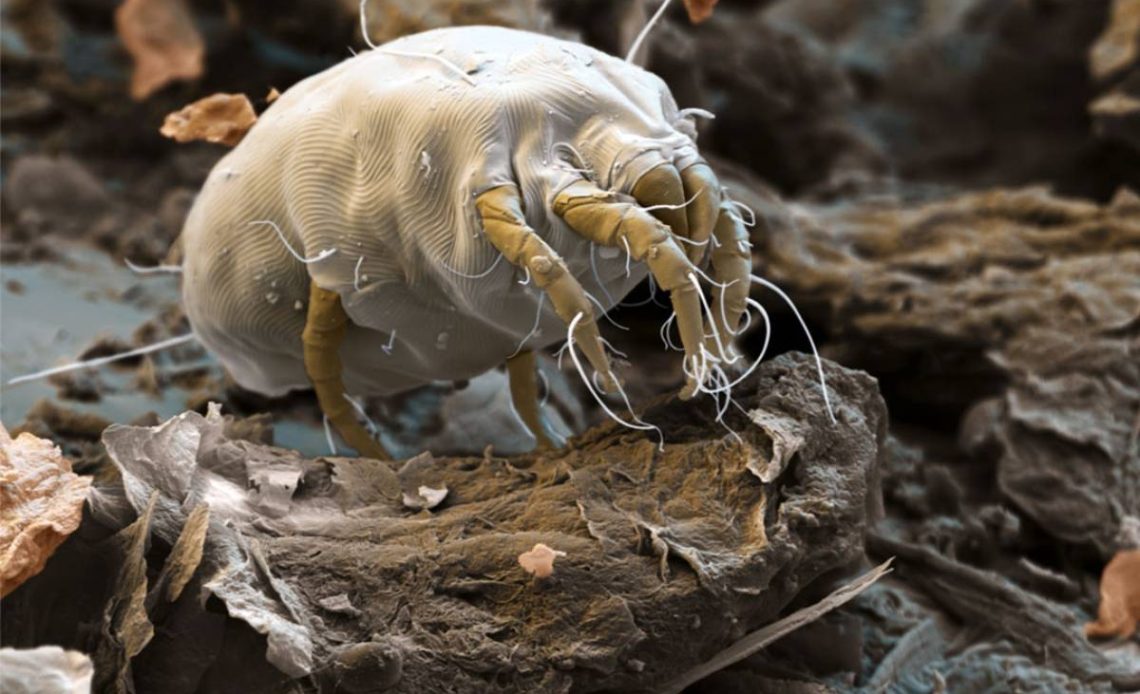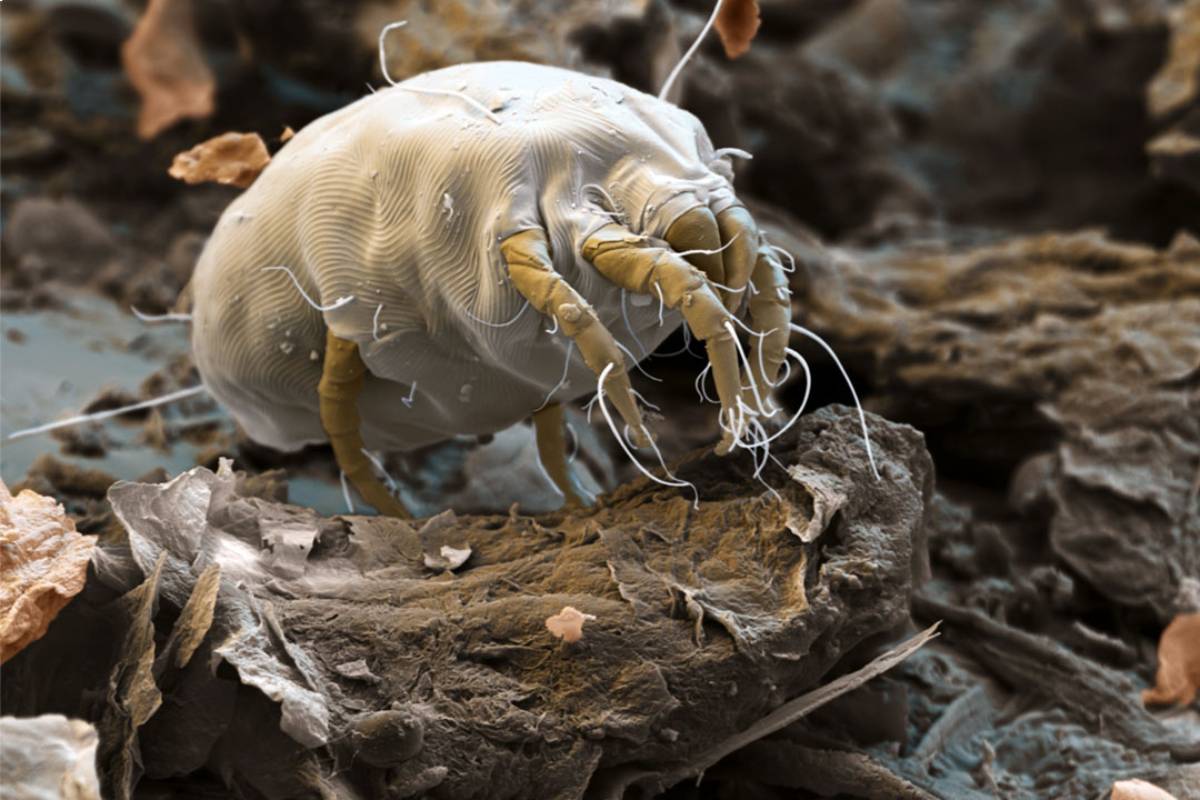Dealing with household bugs is a common challenge, and understanding how to identify and eliminate them is crucial for a pest-free living environment.
Bugs are a natural part of our world, but when it comes to our homes, most of us prefer them to stay outside. Despite our best efforts, insects find their way indoors, but there are ways to keep them from sticking around.
In this guide, we’ll explore practical strategies to address ten common household bugs, providing effective solutions that are easy to implement. Discover which bugs might be entering your living spaces and learn effective methods to remove them from your home.
Related article: Possums in Australia: Why Are They a Problem?
10 Most Common Bugs in Your Home
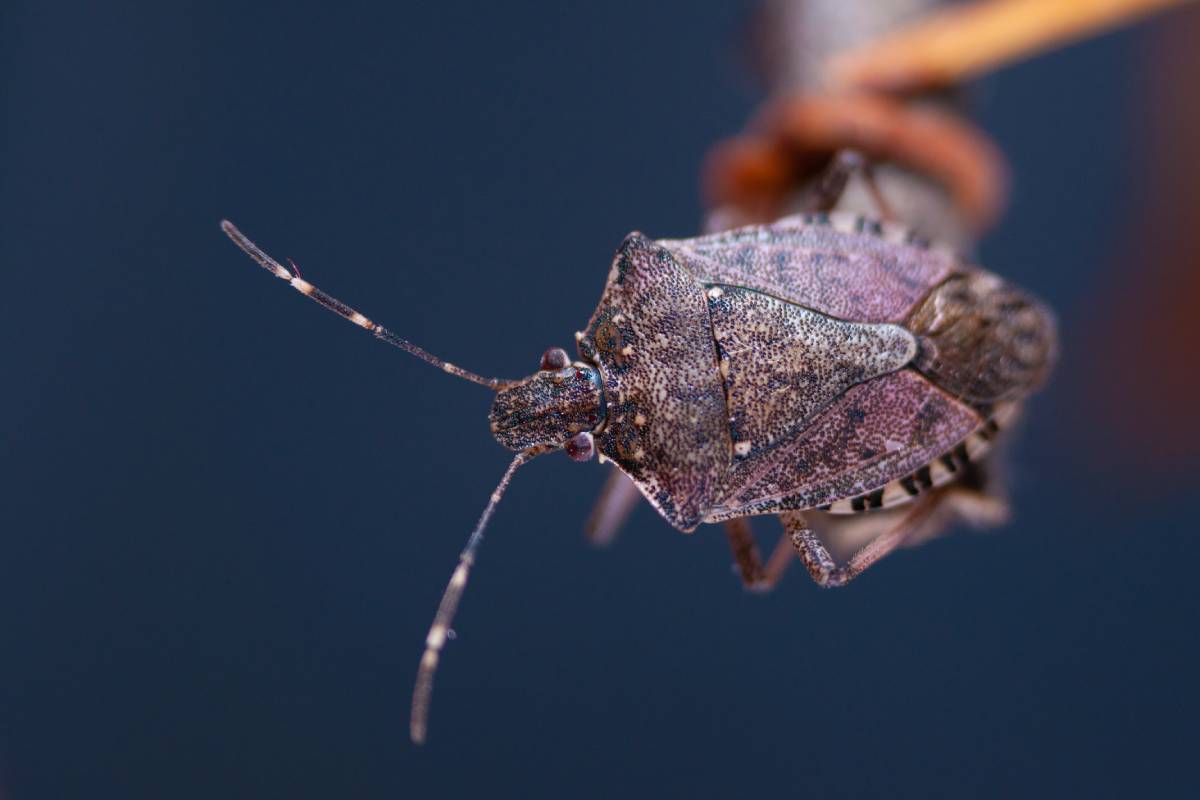
Stink Bugs
Why are stink bugs attracted to your home? While they usually live outdoors, they seek indoor shelter when the weather turns cooler. If you encounter these shield-shaped bugs, avoid swatting or squashing them—disturbing them releases a foul odour that attracts more stink bugs.
How to Eliminate Stink Bugs
To get rid of them, use a vacuum, but remember to dispose of the vacuum bag at a safe distance from your house.
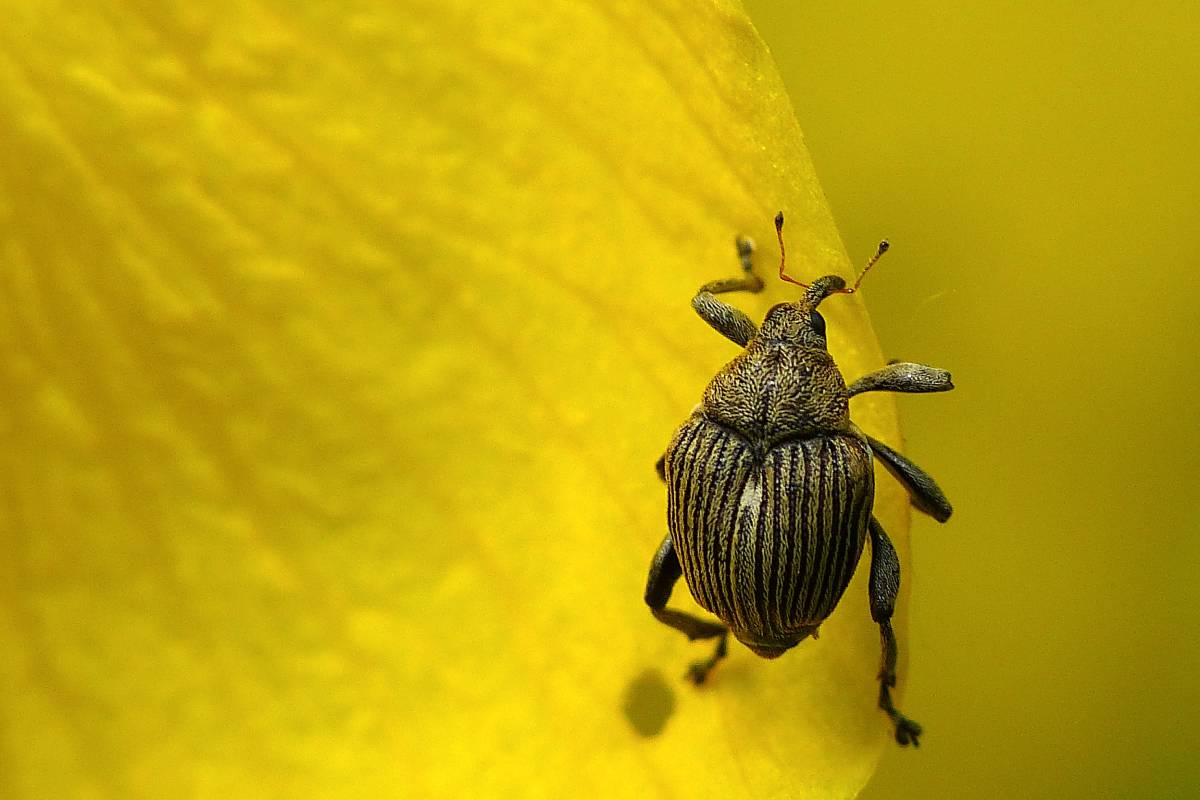
Weevils
Weevils often enter your home by hitching a ride in your groceries. Adult weevils lay eggs in rice and grains, leading to an unnoticed infestation until they hatch and infest your pantry. The quickest solution is to purge your pantry of unsealed dry foods, including flour, cornmeal, oats, rice, pasta, and items without sealed pouches.
How to Eliminate Weevils
Dispose of sealed item boxes, clean pantry shelves, and use a household insecticide to prevent further infestations.\
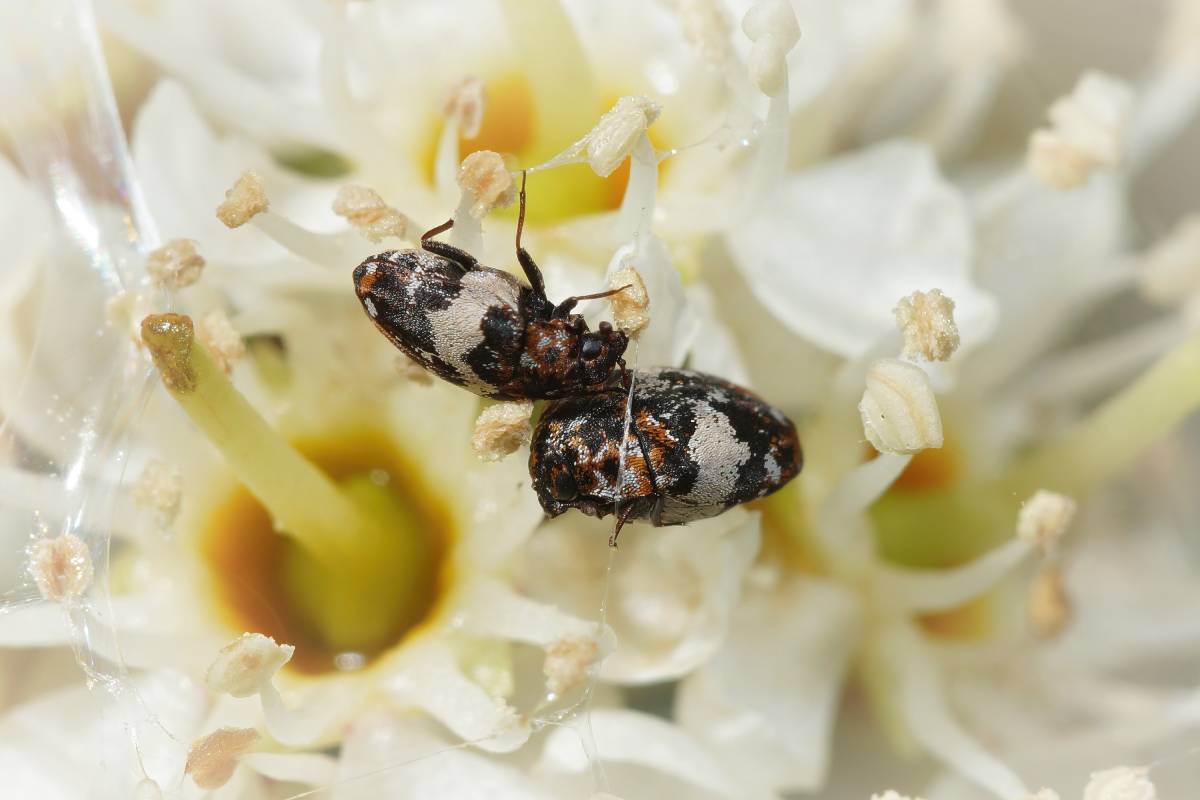
Carpet Beetles
While adult carpet beetles are harmless, their larvae can damage rugs, curtains, upholstery, clothing, and books. Infestations may go unnoticed until the damage is evident.
How to Eliminate Carpet Beetles
If you suspect an infestation, clean thoroughly by dusting and vacuuming to remove hiding spots for these pests. Wash or dry clean clothes, and treat rugs with insecticide, boric acid, or diatomaceous earth to eliminate remaining larvae.
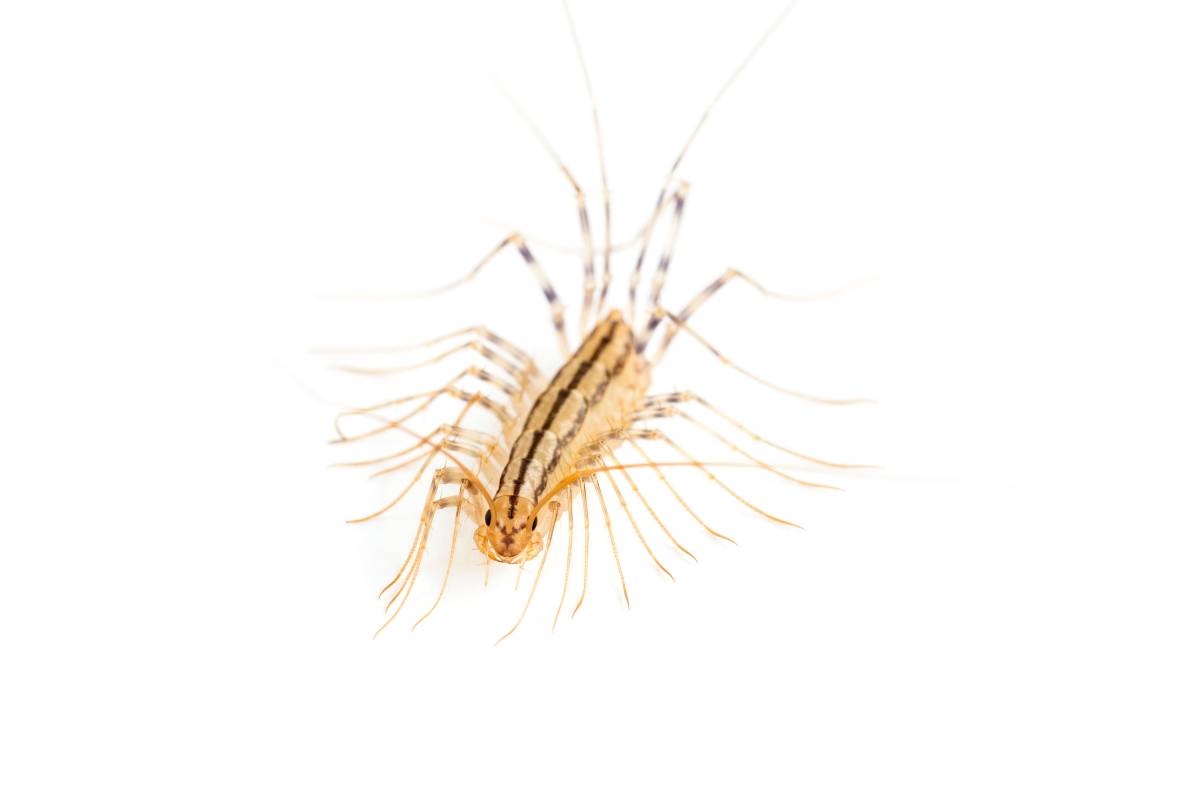
Centipedes
Centipedes play a helpful role in your home by preying on bad bugs like termites, moths, and roaches, without causing harm or contaminating your space. However, if you prefer not to share your living quarters with these many-legged neighbours, you can trap them or use insecticide around baseboards, doors, and windows.
How to Eliminate Centipedes
Prevent future infestations by clearing brush and debris around your house perimeter and sealing cracks and crevices in your home exterior. Since centipedes thrive in moisture, consider investing in a dehumidifier, and check out our researched guide to the best humidifiers for more information.
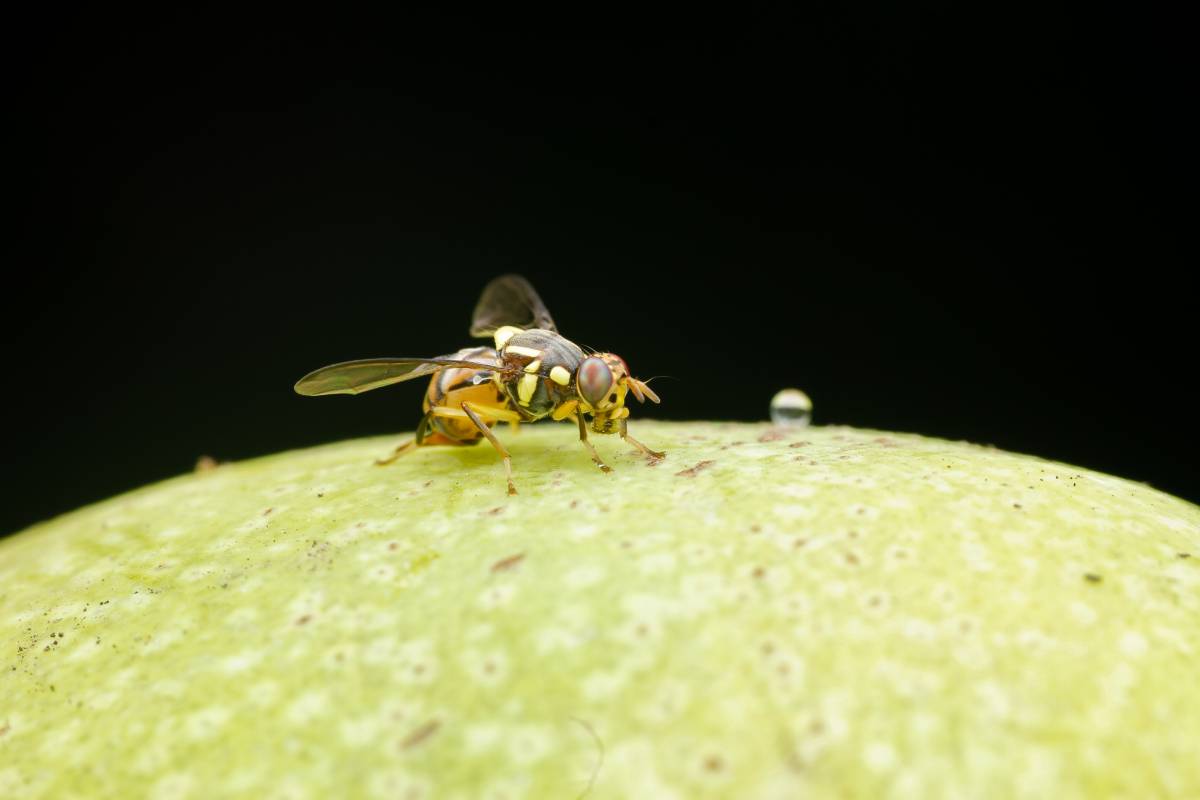
Fruit Flies
A fruit fly infestation can escalate quickly. You might spot one in the morning, only to come home to several more in the evening. These flies multiply rapidly, with larvae hatching just 24 hours after eggs are laid.
How to Eliminate Fruit Flies
You can prevent or eliminate fruit flies by storing soft fruits in the refrigerator, wiping down cutting boards and counters after food prep, and emptying garbage and recycling cans daily. If you still see fruit flies, create a DIY trap by filling a small tumbler halfway with apple cider vinegar, adding a tablespoon of dishwashing liquid, and filling the rest with warm water. The flies will enter but won’t be able to fly out.
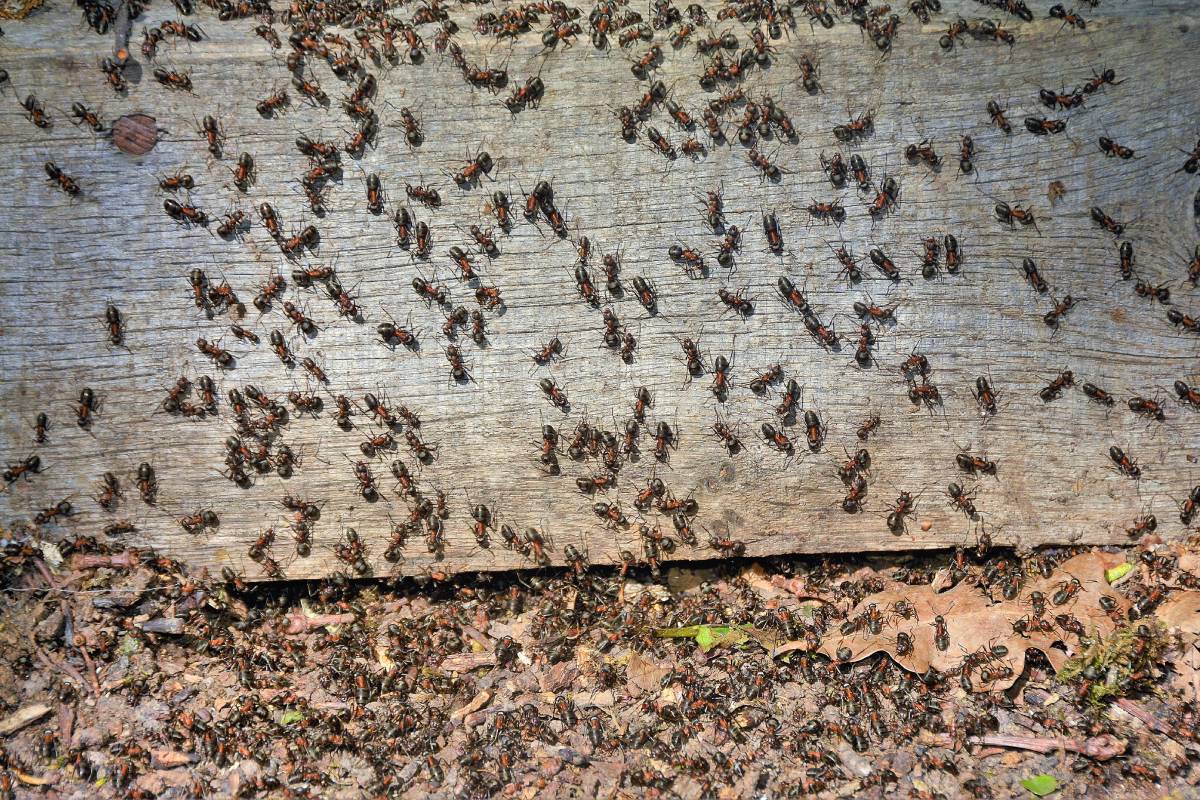
Ants
Despite their small size, ants are persistent home invaders seeking food, water, and shelter, often targeting kitchens and bathrooms.
How to Eliminate Ants
While baited traps effectively eliminate ants, they may not be suitable for areas accessible to small children or pets. If you prefer natural solutions, there are various remedies to try. After getting rid of ants, discourage their return by vacuuming regularly, wiping surfaces daily to erase their scent trails, and taking out the trash every day.

In conclusion


